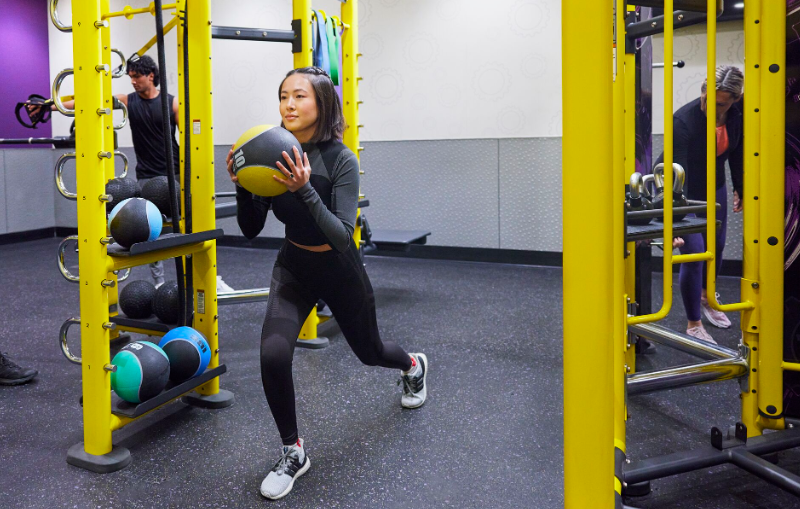Key Takeaways:
- Functional fitness focuses on improving the overall quality of life by enhancing physical ability and reducing the risk of injury.
- Understanding and incorporating basic functional movements can provide substantial health and wellness benefits.
- Functional fitness is versatile and can be adapted to any fitness level, making it accessible to everyone.
- Scientific research supports the numerous benefits of functional fitness, including improved mobility, balance, and strength.
Introduction to Functional Fitness
Functional fitness has become a popular trend in fitness, promising to improve daily life through effective and practical workouts. Unlike traditional exercise routines that often focus on isolated muscle groups, functional fitness aims to enhance the body’s natural movements and improve overall functionality. Opting for Denver massage professionals ensures that you receive expert care tailored to your specific needs, maximizing the therapeutic benefits of the session. Furthermore, professional massage therapists are trained to identify and address various issues, providing targeted relief and contributing to overall health and wellness.
The Benefits of Functional Fitness
Enhancing daily activities is one of the main advantages of functional fitness. Strengthening the muscles used for everyday tasks can significantly reduce the risk of injury. For instance, improving core strength can help with posture and relieve lower back pain, a common issue for many people. According to research from Healthline, Strengthening, improving balance, and improving posture are all possible with functional fitness training. It’s also a great way to keep your mobility, which is essential as we age. Increased mobility protects older adults from injuries and falls. It greatly simplifies and reduces the stress of performing routine tasks like reaching high on a shelf or bending to pick something up.
Basic Functional Movements to Get You Started
Getting started with functional fitness is easier. Some of the basic movements include:
- Squats are great for building lower body strength and mimicking sitting down and standing up. They also help develop balance and coordination.
- Lunges are perfect for improving balance and leg strength. They simultaneously work several muscle groups, providing a thorough lower-body workout.
- Push-ups are excellent for building upper body strength. They enhance your chest, shoulders, and triceps while engaging your core.
- Pulls: For example, row exercises are great for back and arm strength. These exercises help in pulling movements required for daily activities.
- Rotational movements: Helps in improving core strength and stability. Adding rotation to your workouts can enhance flexibility and prevent injuries.
These exercises mimic our daily motions and help build a foundation for more complex activities. It’s also worth noting that these exercises are simple yet effective, allowing anyone to begin their functional fitness journey without needing specialized equipment. Starting with bodyweight exercises can be incredibly effective, and as you progress, you can incorporate weights or resistance bands to increase the difficulty and continue to challenge your body.
Functional Fitness for All Ages
Another significant advantage of functional fitness is its adaptability. Whether you’re a young adult or a senior citizen, functional fitness can be tailored to meet your specific needs. For example, younger individuals may focus on high-intensity interval training (HIIT) combined with functional movements, while older adults might prioritize low-impact exercises that enhance mobility and balance. Because of its adaptability, it’s an excellent choice for people who want to securely and efficiently increase their fitness level. Functional fitness exercises benefit older adults seeking independence and physical health. This individualized approach ensures that functional fitness is not only accessible but also practical for everyone, regardless of age or fitness level.
Conclusion
Functional fitness is more than just a buzzword; it’s a practical approach to improving physical health and overall quality of life. Whether you want to enhance your athletic performance or move through your day more efficiently, incorporating functional fitness into your routine is an excellent choice. Understanding the fundamentals and benefits allows you to take the first step towards a healthier, more active lifestyle. With its focus on real-world movements and its adaptability to various fitness levels, functional fitness offers a sustainable and effective path to well-being for everyone.

